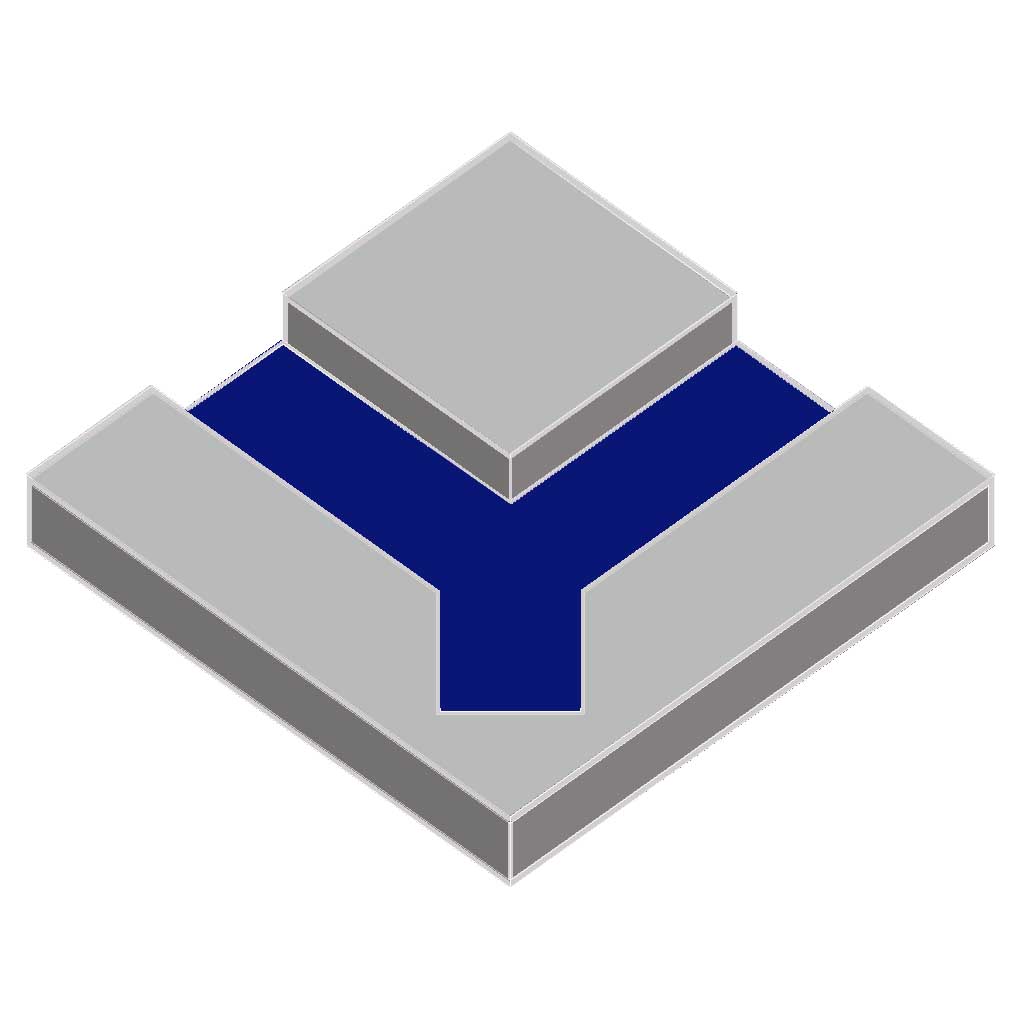
Izjava o zasebnosti: Vaša zasebnost je za nas zelo pomembna. Naše podjetje obljublja, da ne bo razkrilo vaših osebnih podatkov nobenemu izstopu z izrecnimi dovoljenji.

Milling with square shoulder is a common milling process using a milling cutter with a 90° lead angle. Milling with square shoulder, it is possible to use a common machining solution for different milling applications.
First, the cutter of milling with square shoulder has the following advantages:
1. Economy, flexibility and reliability.
As we all know, customers are pursuing a cost-effective and efficient solution that increases productivity and sees the cost of production per workpiece as a key element. Milling with square shoulder, customers get true 90° and straight sidewalls. In view of economy, customers sometimes use 88° lead angle milling cutters with multi-blade inserts, but this requires an additional machining to meet the 90° square shoulder requirements.
Unqualified parts increase costs. Some competitors' multi-blade tools have severe vibration and noise, and the surface quality of the parts is not good.
2. Can be applied to several different types of milling. Customers need a reliable, cost-effective, versatile machining solution for all conventional milling operations and, most importantly, an experienced and knowledgeable partner. They sometimes do not know the details and knowledge of important parameters of milling, such as average chip thickness, feed rate, cutting speed compensation factor, radial contact length ratio and axial depth of cut.
3, applications include: milling contours, ramp milling, circumferential interpolation milling, helical interpolation milling, cycloidal milling, copy milling, plunge milling and milling.
Second, the use of the cutter of milling with square shoulder:
1. The 90° lead angle of the square shoulder cutter presents some special considerations to us. The 90° lead angle means an increase in the cutting impact force. If you do not compensate by carefully selecting the material grade of the carbide and the geometry of the cutting edge, these impact forces will cause damage and vibration of the cutting edge.
2. The part of the shoulder milling cutter that participates in the cutting (radial cutting depth) should not exceed 30% of the tool diameter. When milling with a square shoulder milling cutter, the tool is full-edge cutting. This can cause vibration and chip removal problems. The number of teeth, axial depth of cut and feed rate must also be carefully considered.
3. The direction of the feed resistance should be in the direction of the machine tool spindle to avoid vibration and bending of the milling cutter. The direction of the feed resistance depends on the magnitude of the lead angle. A smaller lead angle is advantageous for the direction of the feed resistance. A square shoulder cutter with a 90° lead angle may have some problems, but you can make up for this by choosing the right cutting edge geometry and cutting conditions.
4. For milling with square shoulder, the choice of milling strategy, tool type and cutting conditions is very important.
Seco's core products for milling with square shoulder are made up of the Turbo cyclone series and the new Square 6 series. The Turbo Cyclone series features high-efficiency machining, while the Square 6 series is characterised by economy and good machining results.
November 15, 2024
November 15, 2024
November 15, 2024
November 15, 2024
June 25, 2021
June 25, 2021
Pošljite e-pošto temu dobavitelju
November 15, 2024
November 15, 2024
November 15, 2024
November 15, 2024
June 25, 2021
June 25, 2021

Izjava o zasebnosti: Vaša zasebnost je za nas zelo pomembna. Naše podjetje obljublja, da ne bo razkrilo vaših osebnih podatkov nobenemu izstopu z izrecnimi dovoljenji.

Izpolnite več informacij, da boste lahko hitreje stopili v stik z vami
Izjava o zasebnosti: Vaša zasebnost je za nas zelo pomembna. Naše podjetje obljublja, da ne bo razkrilo vaših osebnih podatkov nobenemu izstopu z izrecnimi dovoljenji.